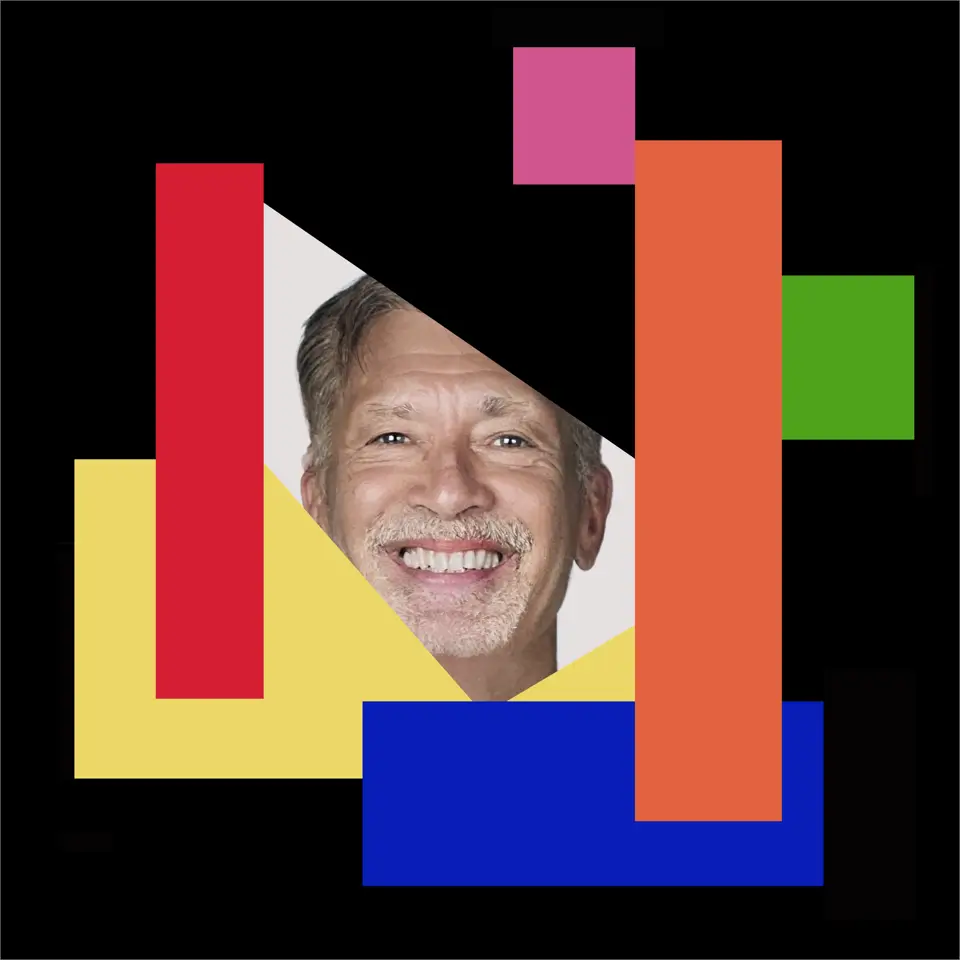From the black and white film photo lab of my teenage high school to my full-size CANON of today, passing through slides in the 90s and the arrival of digital in the early 2000s : a lifetime with photography as a passion, amateur and self-taught.
Over the years, my way of taking pictures matured and I felt like "interpreting" what I was seing, discovering the world and showing it in my own way. Taking pictures meets the need and the secret desire, to leave a trace of this vision and to convey an emotion.
Offering my point of view and expressing my uniqueness, this is what being a photographer means to me.
ARCHITECTURAL photography fascinates me and the city is my inexhaustible source of inspiration, the URBAN BODY. It’s not the building itself that interests me, but its LINES and COLORS, as shown by my first serie "my LINES on BLUE" and "STRICTLY LINE".
Then architectural photography became URBAN LANDSCAPE, mixing stone and urban objets, always without human pesence, to forget scale and remain abstract.
That brought me to my serie "STRICTLY COLOR".
« Locked up at home » during the first confinement, I discovered that natural light could create interesting shadows and reflections on my everyday objects surrounding me. It was giving them poeetry and even sensuality, and a real architectural spirit … I created my last series "at HOME" and "my POETRY of the ORDINARY".
Always the same thread : LINES and COLORS.
Exterior or interior architecture, with details taken out of their context, with frontal, tight and minimalist framings, and unusual angle views, all references are lost. My images become almost unreal and theatrical, in order to exacerbate strength, materiality, power and sometimes violence of buildings and objects.
Playing with geometry and shapes being drawn by colors, they are highly graphic.
I like that « decisive moment » when I look for the photo, find it, integrate it, then shoot it and, last but not least, interpret and finalize it.
I am happy to share this work.
